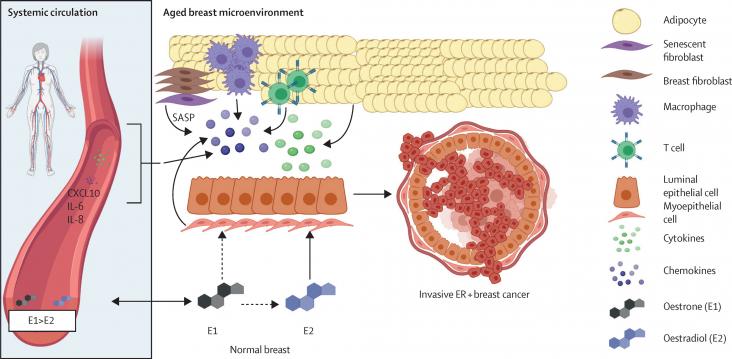In 2011 ICAO published a report about projected pilot and training capacity shortage (ICAO, 2011).
Latin America has been particularly hard hit by the COVID-19 syndemic, including the associated economic fallout that has threatened the livelihoods of most families.
Background: Menstrual health is essential for gender equality and achieving the sustainable development goals.

This Review supports SDGs 3 and 5, focusing on screening, detection, and treatment of oestrogen receptor-positive breast cancers in older women, particularly in relation to recent moves to de-escalate some interventions for this population.
This Article supports SDGs 3 and 5, focusing on blood pressure and hypertension treatment and their association with cognitive impairment and dementia in older women.
The study highlights significant socioeconomic status and gender inequalities in mental health and premature mortality among young people, underscoring the need for early preventive interventions.
This article advances goals 4, 5, and 10 by examining disparities in minority participation in surgical oncology clinical trials.
A Review on the mental health of transgender and gender non-conforming people in China, in the context of SDGs 3 and 5, focusing on the specific actions needed to improve mental health in this population by reducing discrimination and fostering social awareness and acceptance.
This Research Paper supports SDGs 5 and 10 by applying a decision-tree approach to identify subgroups of women at increased risk of IPV across 48 LMICs and to subsequently help design targeted interventions, and by suggesting the need for population-wide approaches in parallel for a large proportion of women with no identifiable risk factors.
Purpose: The purpose of this study was to explore male nurses’ experiences of workplace gender discrimination and sexual harassment in South Korea.
